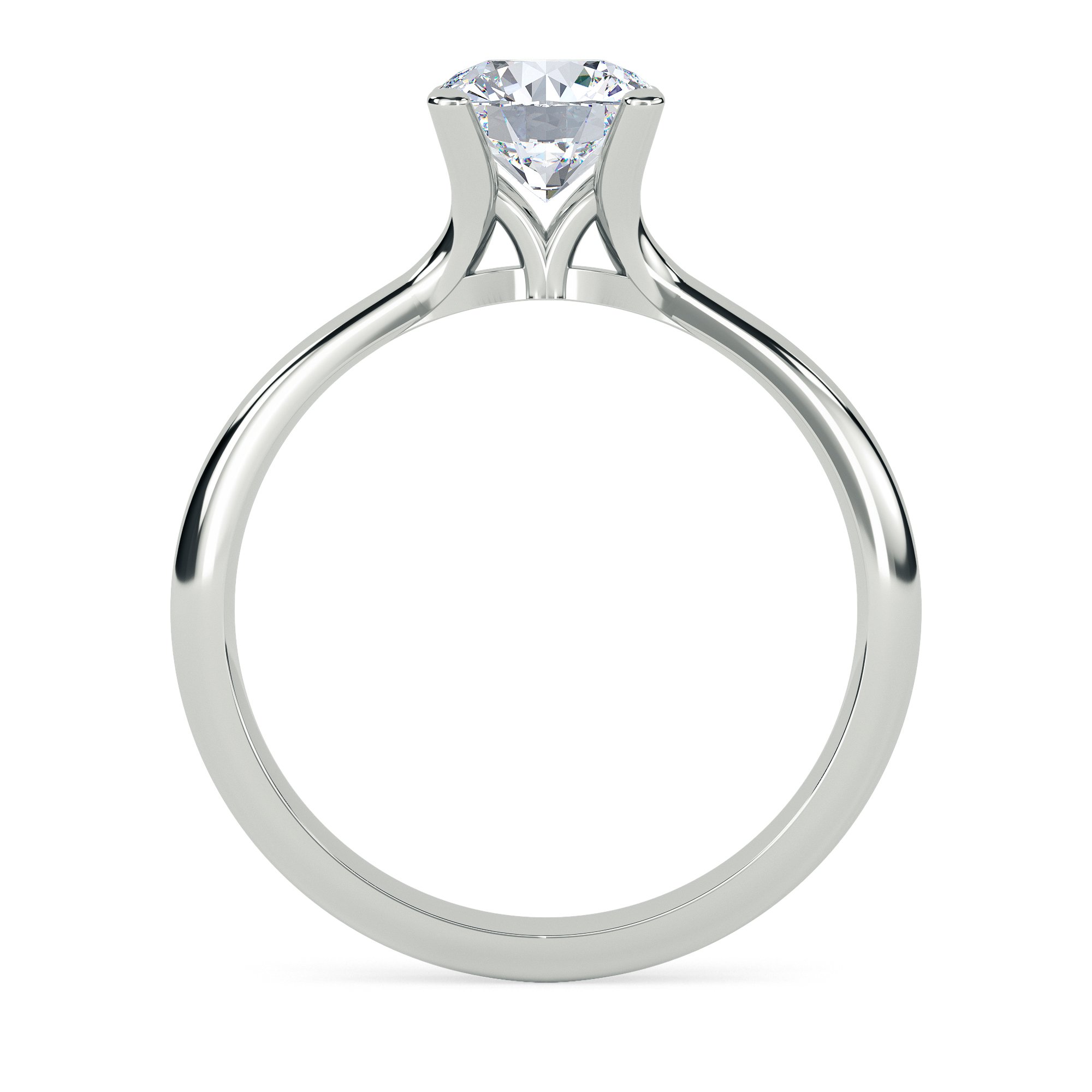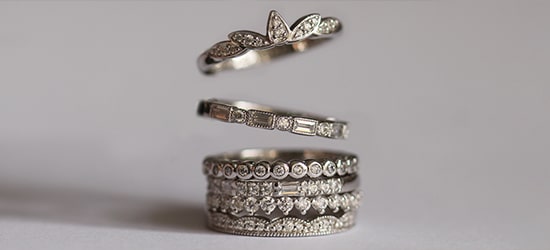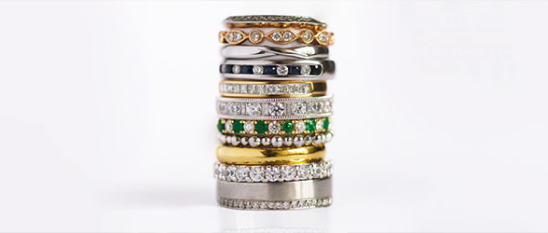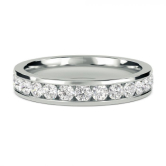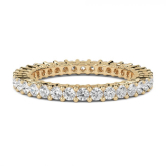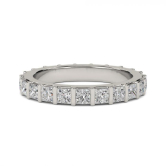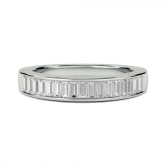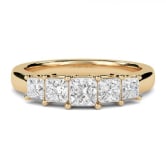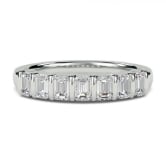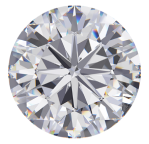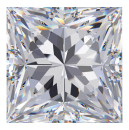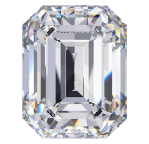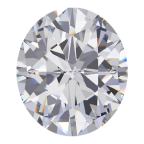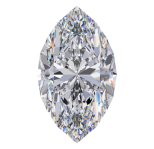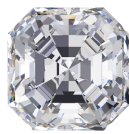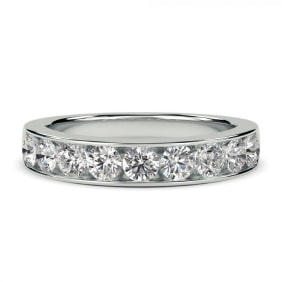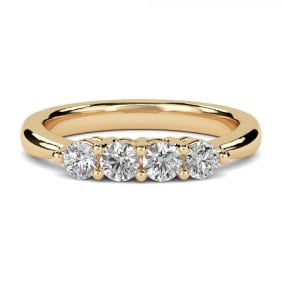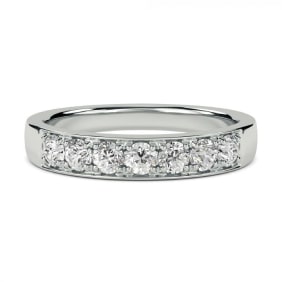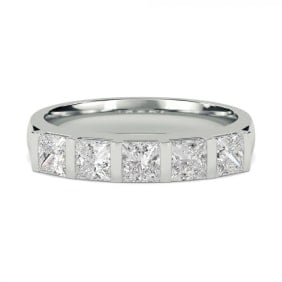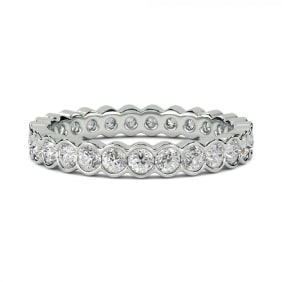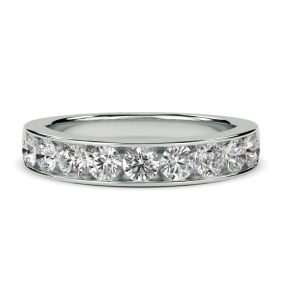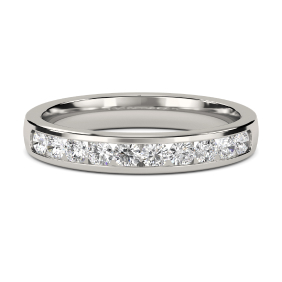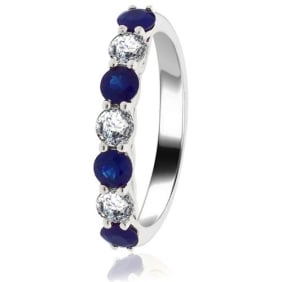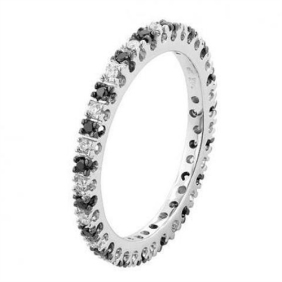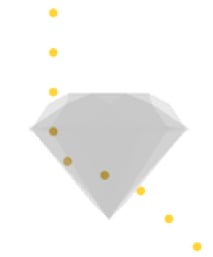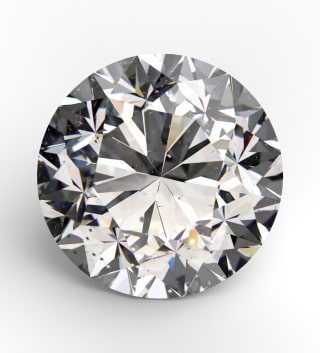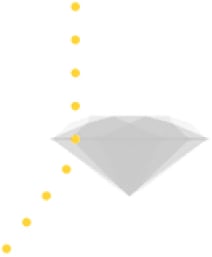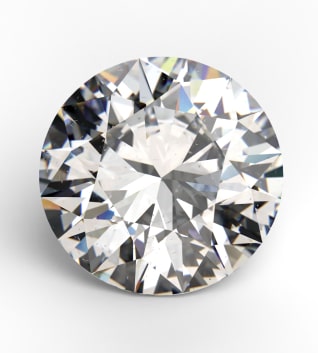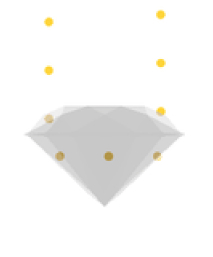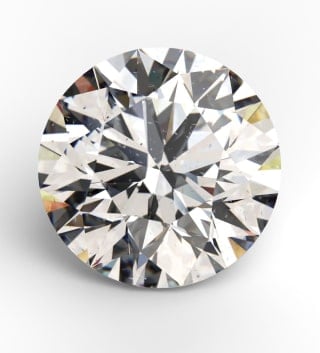BLUE SAPPHIRE
Blue sapphires are prized gemstones that are often used in jewellery and other ornamental objects. The intense hue of blue sapphires ranges from a deep blue-violet to a saturated blue green. For a sapphire to be classified as "blue," the body colour should not contain any hint of any other hue, such as green or purple.
Ultimately, the colour of a blue sapphire is determined by the presence of trace elements, such as iron and titanium, within its chemical structure. Most blue sapphires hail from India, Sri Lanka, Madagascar, and Thailand.
RUBY
Ruby is a red gemstone that has been used in jewellery, deity statues, and other decorative pieces for centuries. It is the traditional gemstone of love and passion and is also believed to bring vitality and open the heart to compassion. Ruby is one of the four precious gemstones, along with diamond, sapphire, and emerald.
Rubies can be found in a variety of colours, ranging from deep red to pink and even purplish in hue. Usually, the brighter and deeper the colour, the more expensive the stone will be. There are also star rubies, which have an asterism, when viewed in direct light, as tiny needles of rutile can reflect star-like eight ray figures. Rubies are typically very hard and durable and have a hardness rating of 9 on the Mohs scale.
EMERALD
The emerald is a precious gemstone prized for its intense and radiant green colour. It ranges in colour from blue green to yellowish green and is believed to be one of the rarest and most valuable gemstones in the world. It is composed of a beryl variety of the mineral beryl and is rated 7.5 to 8.0 on the Mohs scale of mineral hardness.
Emeralds are usually found in the countries of Columbia, Zambia, Brazil, and Afghanistan and are widely used to create jewellery and decorative pieces. When cut and polished, it reveals subtle and unique shades of green. It is a symbol of rebirth and love and is said to bring luck and success to its wearer.
BLACK DIAMOND
Black diamonds (also known as carbonado diamonds) are a type of diamond that is formed in conditions of incredibly high pressure and temperature. They possess an extremely dark tone which is greatly appreciated by the modern jewellery market.
Black diamonds are among the rarest and most opaque stones, with a hardness rating slightly lower than traditional white diamonds. They often have a brittle texture, with many fractures and inclusions, which give it a unique sparkle as light is reflected off the different surfaces. These special characteristics add to the allure of the stone, making it highly desirable among jewellers and gemstone enthusiasts.



